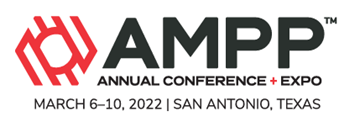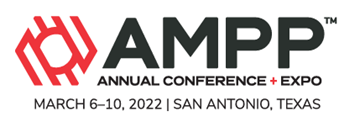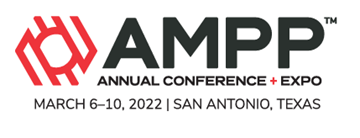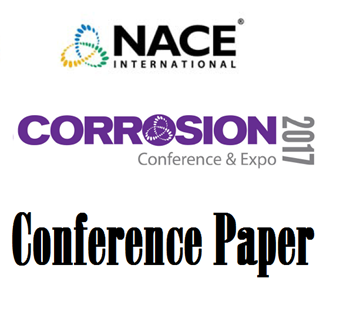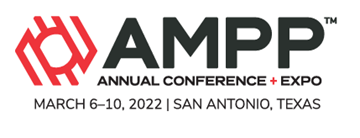Search
Coatings and Linings
View as
Sort by
Display
per page
Highlighting The Use Of Brush Plating For Plating On Titanium, Nickel Plating, Copper Plating And Metal Matrix Composite Materials
Product Number:
51322-18229-SG
Publication Date:
2022
$20.00
History of Sealers and Coatings in Decorative Concrete
Product Number:
41212-712-SG
Publication Date:
2012
$20.00
How The Right Pot Choice And System Set Up Can Improve Blasting Efficiency Continued
Product Number:
51322-17932-SG
Publication Date:
2022
$20.00
How To Acquire A Reliable Scale Inhibitor MEC Number Based On Laboratory Testing Results – A Field Case Analysis
Product Number:
51322-17623-SG
Publication Date:
2022
$20.00
How Vapor Resistance Properties of Coatings Affect Exterior Wall Moisture Performance
Product Number:
41206-247-SG
Publication Date:
2006
$20.00
Hydrogen Charging Of Armco Iron And L80 Steel In Various Electrolytes
Product Number:
51322-17604-SG
Publication Date:
2022
$20.00
Hydrogen Embrittlement Failure Of Nickel Alloy UNS N07716-140 Tubing Retrievable Safety Valve Component Installed In A Sour Production Gas Well
Product Number:
51322-17709-SG
Publication Date:
2022
$20.00
Hydrogen Stress Cracking Resistance Of High Strength Alloys For Subsea Fasteners
Product Number:
51321-16709-SG
Publication Date:
2021
$20.00
Impact and Abrasion Resistant Coatings and Overlays for Immersion Structures in Severe Environments
Product Number:
51216-003-SG
Publication Date:
2016
$20.00
Impact Of Maintenance Activities On Future Integrity Of Transmission Pipelines
Product Number:
51322-17504-SG
Publication Date:
2022
$20.00
Impact of Surface Finishing on Corrosion Inhibition Performance
Product Number:
51317--9175-SG
ISBN:
9175 2017 CP
Publication Date:
2017
$20.00
Improved Cathodic Protection Current Distribution for Above Ground Storage Tank Bottoms Due to Low Resistivity Vapor Corrosion Inhibitor Use
Product Number:
51322-17666-SG
Publication Date:
2022
$20.00

